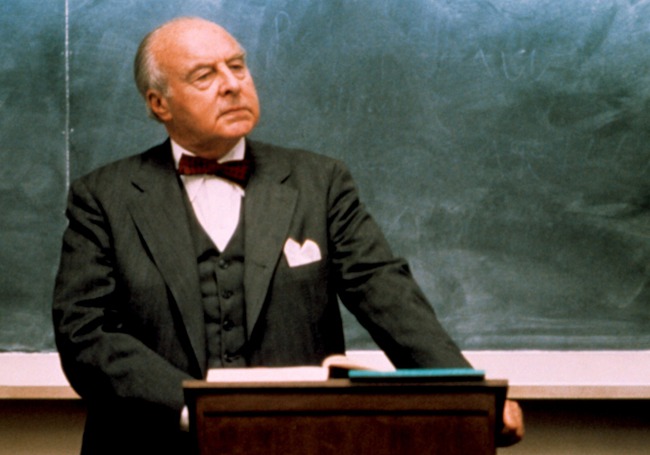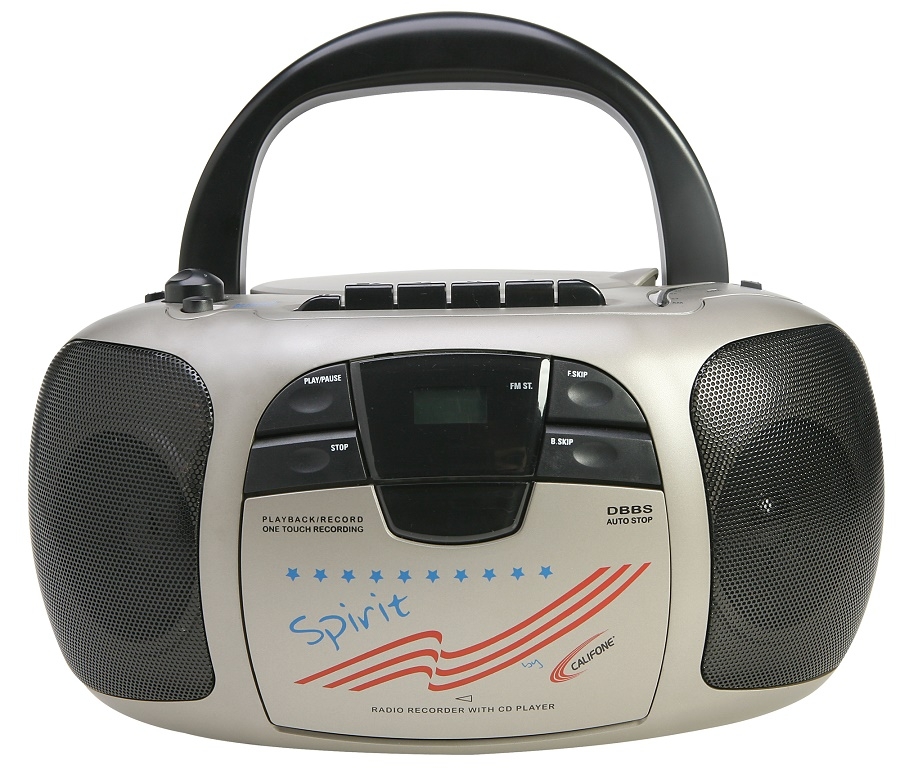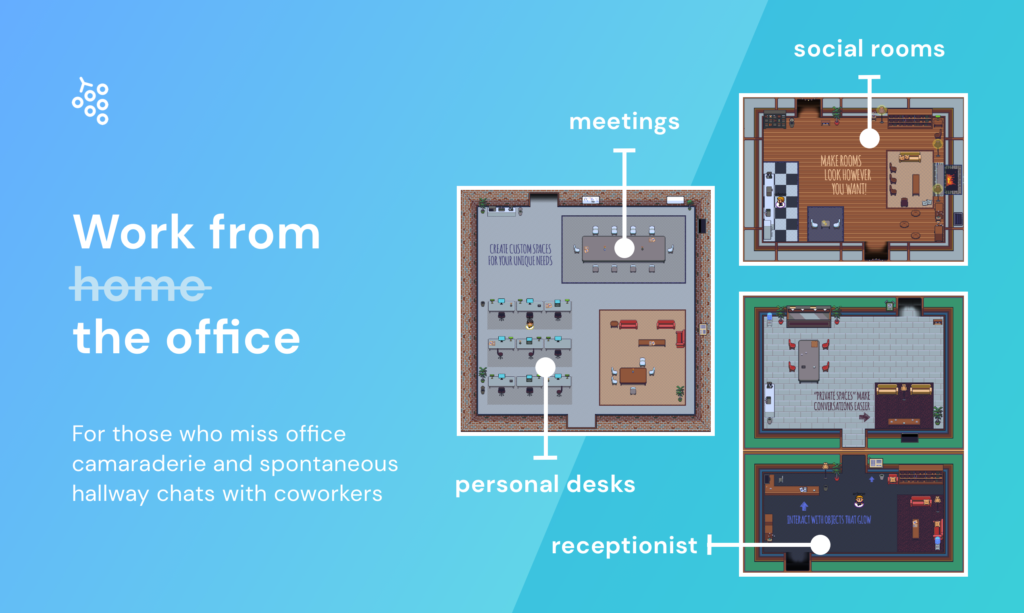
Stephen Horowitz is the Director of Online Legal English Programs at Georgetown Law.
Giving students more control and more voice makes teaching so much more effective. Yet figuring out how to do it is a process that takes time and effort and does not necessarily come naturally. (At least for me anyway.)

I’m thinking about this topic because of an excellent post on the EAP Essentials blog by Prof. Olwyn Alexander titled “They have to talk and you have to listen: The importance of collaborative conversations in online classrooms.”
The post explains that “Without student talk, the teacher has no immediate way of knowing whether the students understand the materials and tasks and therefore no opportunity to adapt to the in-the-moment needs of the students.”
I think as legal English teachers, most of us intrinsically understand that. We want our students to talk. We want to know what’s going on in their heads. But we’re not always sure how to make that happen. And when it doesn’t happen, it’s easy to shift responsibility to the students, particularly students from certain countries or cultures that teachers perceive as not as talkative in class.

Consequently, I think it’s helpful to be aware of the ways that we, as teachers, get in the way of ourselves and our students. And I think this may be particularly heightened in a legal environment where lawyers and law professors are expected to be sources of knowledge and much of one’s identity as a lawyer or law professor is connected with the ability to share knowledge that others seek or need. In my own experience, this is very true in law schools where the professors–even when they use Socratic method–still often maintain full control of the dialogue and shift frequently from questioner to explainer and knowledge-distributor.
In the field of legal English, we straddle the gray area between the teaching of law using the target language (e.g., English) and the teaching of language while using legal concepts and materials. And so things can get easily jumbled as we negotiate our role as tour guide through the legal system with our role as facilitator of language use.
It’s harder to give up control as a teacher when we feel pressure to be a source of expertise and knowledge. And Alexander points out that, “Teacher control was most obvious in excess talk, with teachers telling, describing and explaining rather than setting up collaborative conversations that let the students come to an understanding themselves.”

This ties in with the notion of Teacher Talk Time, something I learned about for the first time in the CELTA Certificate program I took when I first decided to return to English language teaching. It made sense to me. Especially as I thought about my own language learning and other learning experiences where I remembered my frustrations with teachers and people who over-explained things to us.
But shifting my behavior as a teacher was hard. If I’m not talking (and I definitely tended towards being more of an entertainer than a teacher), then what else am I supposed to do?
Alexander mentions that in addition to excessive talking, there are also more subtle ways that teachers may get in their own way or provide insufficient control to students. “One teacher had her students read aloud all the supporting PowerPoint slides. At first this seemed to be a useful way of letting students practice speaking but it was overdone for the whole lesson. Another teacher gave control but in a stilted way by nominating different students to ask the discussion questions, thus parroting a discussion experience rather than giving students the real experience.”

This example reminded me of the notion of “student voice” and the implicit asymmetrical power dynamic between the teacher and the student. There are things that we, as teachers, do or can do that inadvertently signal to the students that their voices are less valuable or important. And these subtle things, I’ve noticed, can greatly reduce the likelihood of students to participate vocally in class. These include:
- Echoing: It’s very natural to repeat what a student says to make sure the whole class hears it, or to affirm the value of the student’s contribution. However, this also has the effect of de-valuing the student’s own voice. In my CELTA training, I learned to stop echoing what students said. It was not easy. It’s such a natural and automatic thing, I still catch myself doing it at times despite years of conditioning myself to not do it. And sitting in law school lectures and observing law professors, I noticed that echoing is used with great frequency. It reminds me of the conch from the movie Dead Poets Society. And it’s like the professor holds the conch while talking, then gives it to a student to say something, and then snatches the conch right back. That snatching signals to a student that it’s only meaningful if the professor says it. Maybe appropriate for a law school course, but not as helpful for a course with language aims in which you want the students to speak more.
- Moving closer to a student who speaks quietly: Another very natural tendency. You can’t hear? Move closer of course. However, that cuts off part of the class and doesn’t really address the issue. What I learned actually works better (and again, it took a lot of practice and Pavlovian conditioning to get myself doing this) is taking a step back, putting my hand to my hear indicating I’m trying to hear, and just saying something like, “I’m sorry?” This invites the student to speak more loudly into the space. And what if the student is still too quiet after that? Then, I learned, turn to the students farthest away from the speaker and ask in a sincere tone, “Were you able to hear that?” If they weren’t, then explain to the speaker that the students across the room couldn’t hear it and could you please say it again.
- Spoke and hub: How is the communication flow moving? Does everything have to go through the teacher? Does it ever go from student to student? The classic pattern in a classroom is for the teacher to be the hub and the students to be spokes. Every comment starts with the teacher, goes to the student, and then goes back into the teacher, at which point the teacher might interact with another student. This means the teacher is maintaining a lot of control, and the students are aware of this and may be hesitant to violate this protocol. There are a number of ways to change this dynamic in a classroom. One of the easiest is, after a student speaks, to turn to another student and say, “What do you think of what she just said?” Or if the student asks a question, turn to other students and ask if anyone else knows. The more I tried these techniques and had success with them, the more I realized that a lot of my job was figuring out how to get out of the students’ way while facilitating a discussion. I began to see a sort of sacred, amorphous space floating in the middle of the class like a giant soap bubble that students are much more likely to engage with if I can nudge it in different ways without popping it. Of course, it can pop from too much control or too little. And it takes practice to find the balance that works for you.

Alexander’s post also reminded me of the time that my teaching practicum professor in my CUNY-Hunter MA TESOL program encouraged us to push the envelope in terms of allowing student control. My practicum at the time was in a community center teaching recent immigrants. The class had a textbook and occasionally used a CD player for listening activities. My professor suggested giving the students control of the CD player. So I tried to devise a protocol where the students would select one student to run the CD player, and they could decide how many times to play the recording. When to stop it, slow it down, etc. It didn’t work so well the first time, primarily because the instructions I provided were not clear enough. Additionally, the students (all adults) clearly felt awkward about the whole thing. But I tried it again the next class with improved instructions, and it worked a little better. And more importantly, the students were all engaged and paying attention. They were interested in this new approach, trying to make sense of it and how they felt about it. I had been very nervous about “screwing things up.” But afterwards, I recognized the value of experimenting with giving control to the students. And seeing the students reactions and higher level of engagement, I recognized and began buying into the benefit of it, constantly keeping my eyes open for opportunities to give my students more control since then.
Of course, I and others can tell teachers about these techniques and ideas. But it’s hard to incorporate and internalize them without practice. And that starts with building awareness and noticing in your teaching when you have control and when the students have control. And the ways the control flows. And the points at which different choices could be made.
Building awareness leads to spaces or vacuums that you need to fill in with something different. And that’s where the different techniques and approaches can be helpful. And those can come from reading, but also from observing other teachers. I remember one teacher I worked with in an adult basic education class who would get everyone’s attention by speaking more quietly. He would just stand there and without raising his voice, he would say, “Um…can I get everyone’s attention?” And then a few seconds later he might say it again. And then he would wait. Not in an impatient way or a chastising way. And within about 10 seconds the talking would stop and he’d have their attention. I realized it worked because his action signaled to some students that the teacher wanted to get class started. Those students would then start letting the other students know, and the students would listen to each other. In other words, he gave the students control over the quieting down and paying attention process. So then I started trying it, and it actually worked! It was an amazing feeling the first time I got that to work. And one of my early insights into exercising control by not trying to exercise so much control.
But even then, it takes a lot of practice and trial and error to start internalizing those techniques. (If you have kids, it can be helpful to try practicing on them.)
These days, I’ve more or less internalized the approaches described above which I think improves my teaching and enables me to build a community of learners in each class I teach. And I think these approaches work equally well in the online/Zoom class format. But there’s always more to learn.
My new focus in this post-pandemic, increasingly online world is how to foster student-to-student interaction outside of the online classroom. This has felt like the next frontier in shifting control from teacher to students while still maintaining sufficient structure so that students don’t feel lost or lose the thread of the task or assignment.
This has led me to begin thinking about and experimenting with new platforms like Gather (aka Gather.Town) and Clubhouse and trying to view them through the prism of ways to give students greater control over their legal English learning. Because I believe more student control means more engagement. And engagement is so crucial to online learning, and especially asynchronous learning.

The idea of teacher control vs. student control is a topic I greatly enjoy thinking about, but I in no way claim to have all the answers and continue my own struggles with it. To that end, I would greatly appreciate any comments, insights, personal experiences, questions to think about, or suggestions on the topic.

Thank you for these thoughts. The hub ad spoke metaphor is particularly useful.